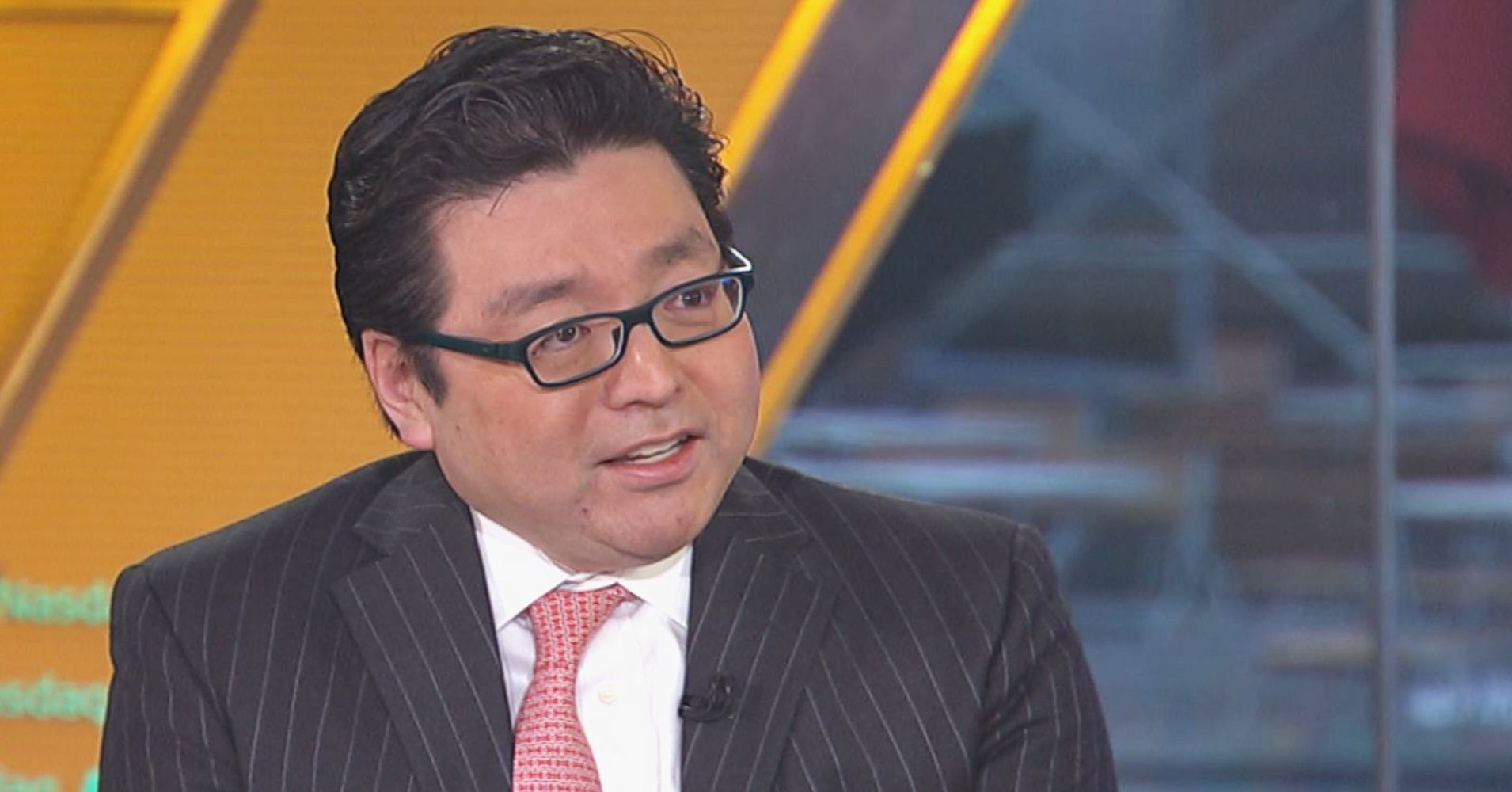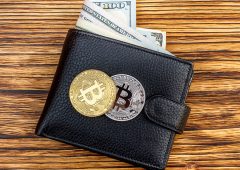Tom Lee Warns Fed Could Trigger Market Turmoil With Delayed Pivot
22.06.2025 19:00 3 min. read Alexander Stefanov
Fundstrat’s head of research, Tom Lee, has sounded the alarm over what he sees as an increasing risk of a Federal Reserve misstep.
In a recent CNBC interview, Lee cautioned that the central bank may be tightening policy to the point of causing economic damage, and could be forced into an abrupt reversal—a rate-cutting panic—if it fails to respond to growing signs of weakness.
According to Lee, the Fed’s delay in easing monetary policy amid deteriorating fundamentals could result in what he called an “accident,” where a sudden economic downturn or financial shock forces emergency action. “We’re already seeing housing buckle under the weight of higher rates,” he said. “Job growth looks solid on the surface, but when you look closer, it’s getting harder to find employment—especially in high-turnover or entry-level sectors.”
Lee emphasized that the real threat may no longer be inflation, but rather the cumulative damage caused by elevated borrowing costs and reduced consumer demand. While the Fed has spent the last two years focused on controlling inflation—much of which, Lee argues, stemmed from pandemic-era supply disruptions—it may now be fighting yesterday’s war, while ignoring the cracks forming across the real economy.
One of his biggest concerns is that the Fed is underestimating the lagging nature of monetary policy. Rate hikes, he noted, don’t filter through to the broader economy immediately. “It takes time—often more than a year—for rate hikes to truly hit the system. And by the time they do, the Fed may realize it has overdone it,” Lee said.
He pointed to the housing market as an early warning sign. With mortgage rates still hovering near multi-decade highs, home affordability has collapsed and new construction is slowing. Simultaneously, rising delinquencies on auto and credit card loans suggest households are starting to feel the strain. “Housing isn’t just a sector—it’s a major driver of consumer wealth and economic activity,” Lee added. “If that engine stalls, the consequences ripple far beyond construction sites.”
Lee also challenged the perception that the labor market remains robust. While headline unemployment figures remain low, more granular indicators—like job-finding rates and labor force participation—are flashing yellow. “It’s becoming harder to get hired, and the cushion provided by excess pandemic savings is gone,” he explained. “We’re running on fumes.”
As the Fed continues to hold rates steady, market expectations are already diverging from official projections. Futures markets are now pricing in a series of cuts starting as early as 2025, despite Fed Chair Jerome Powell’s repeated caution against moving too soon. Lee warned that the bond market may already be anticipating the worst—reflected in a deeply inverted yield curve, which historically precedes economic downturns.
Still, a policy pivot—however belated—could ultimately offer investors an opportunity. Lee believes that if the Fed acknowledges reality and begins to ease aggressively, risk assets like equities and crypto could stage a sharp recovery. “Markets hate uncertainty, but they respond well to clarity—even if that clarity comes in the form of a crisis response,” he said.
Lee’s final message to investors: stay nimble. “If the Fed blinks, there will be volatility, but it could also be the start of the next bull cycle,” he said. “When panic meets policy, that’s when the biggest opportunities emerge.”
-
1
Robert Kiyosaki Predicts When The Price of Silver Will Explode
28.06.2025 16:30 2 min. read -
2
Trump Targets Powell as Fed Holds Rates: Who Could Replace Him?
27.06.2025 9:00 2 min. read -
3
U.S. PCE Inflation Rises for First Time Since February, Fed Rate Cut Likely Delayed
27.06.2025 18:00 1 min. read -
4
Key U.S. Economic Events to Watch Next Week
06.07.2025 19:00 2 min. read -
5
Gold Beats U.S. Stock Market Over 25 Years, Even With Dividends Included
13.07.2025 15:00 1 min. read
Gold Beats U.S. Stock Market Over 25 Years, Even With Dividends Included
In a surprising long-term performance shift, gold has officially outpaced the U.S. stock market over the past 25 years—dividends included.
U.S. Announces Sweeping New Tariffs on 30+ Countries
The United States has rolled out a broad set of new import tariffs this week, targeting over 30 countries and economic blocs in a sharp escalation of its trade protection measures, according to list from WatcherGuru.
Key U.S. Economic Events to Watch Next Week
After a week of record-setting gains in U.S. markets, investors are shifting focus to a quieter yet crucial stretch of macroeconomic developments.
Robert Kiyosaki Predicts When The Price of Silver Will Explode
Robert Kiyosaki, author of Rich Dad Poor Dad, has issued a bold prediction on silver, calling it the “best asymmetric buy” currently available.
-
1
Robert Kiyosaki Predicts When The Price of Silver Will Explode
28.06.2025 16:30 2 min. read -
2
Trump Targets Powell as Fed Holds Rates: Who Could Replace Him?
27.06.2025 9:00 2 min. read -
3
U.S. PCE Inflation Rises for First Time Since February, Fed Rate Cut Likely Delayed
27.06.2025 18:00 1 min. read -
4
Key U.S. Economic Events to Watch Next Week
06.07.2025 19:00 2 min. read -
5
Gold Beats U.S. Stock Market Over 25 Years, Even With Dividends Included
13.07.2025 15:00 1 min. read


